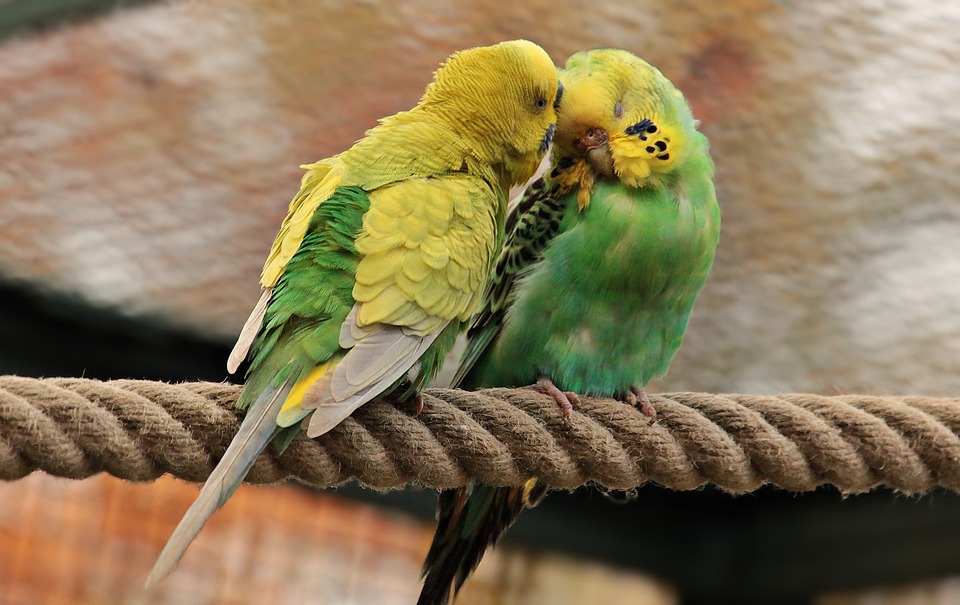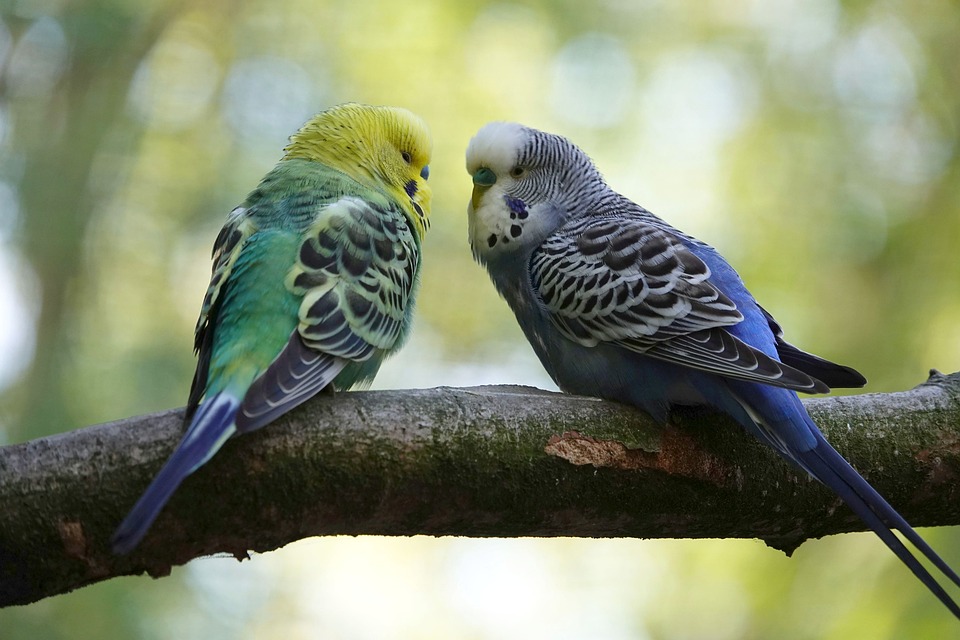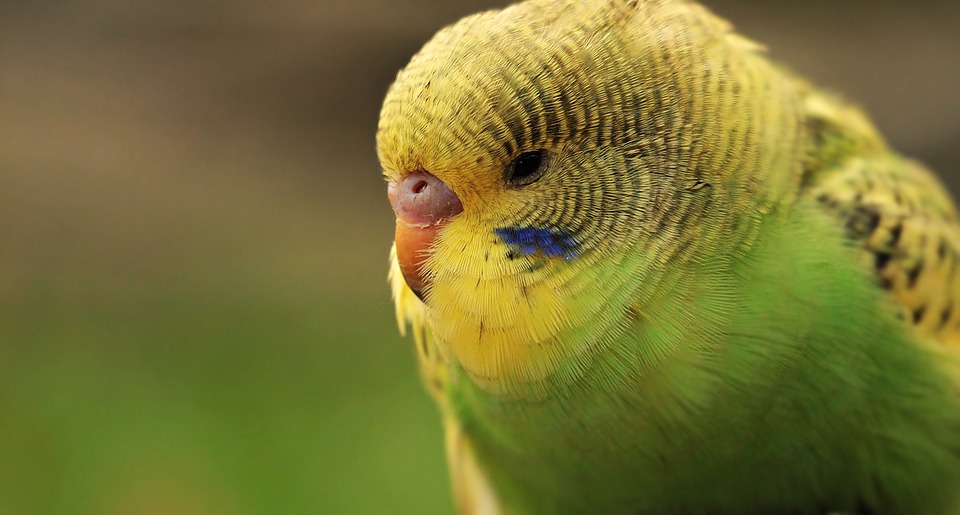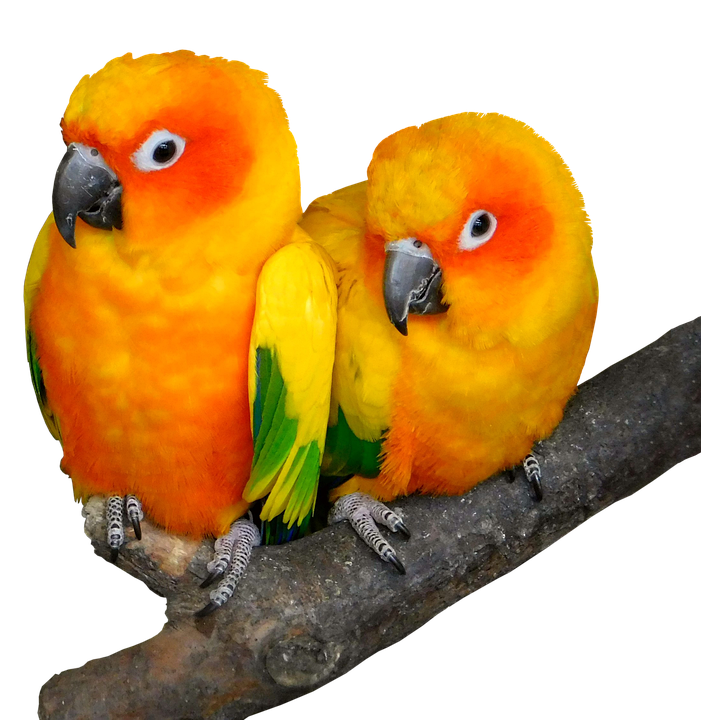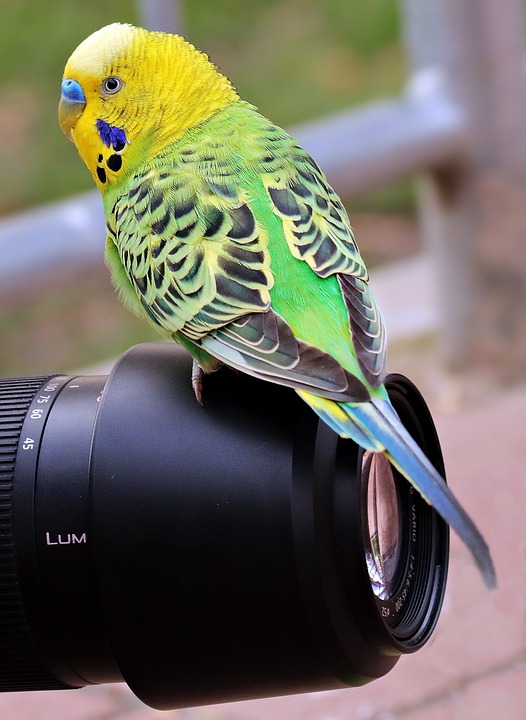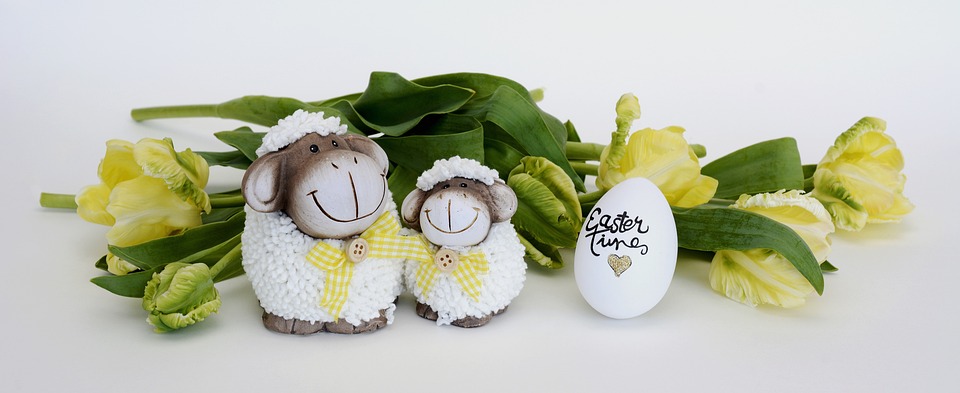Parrots are intelligent and social creatures that require mental stimulation and physical activity to thrive in captivity. Providing them with various enrichment activities is crucial for their overall well-being. In this article, we will explore different ways to encourage parrots to interact with enrichment, helping them stay engaged, happy, and mentally stimulated.
Before diving into specific enrichment techniques, it is essential to understand some key aspects of parrot behavior that influence their interaction with enrichment.
Firstly, parrots have a strong flock mentality. They enjoy being part of a group and crave social interaction. Enrichment activities that involve socialization or mimic a flock environment are particularly beneficial. This could include arranging supervised playdates with other compatible parrots or engaging in interactive games with their human.
Secondly, parrots are naturally curious and playful creatures. They enjoy exploring new objects, solving puzzles, and engaging in interactive games. Incorporating these elements into enrichment activities can greatly enhance their interest and interaction. For example, puzzle feeders, scavenger hunts, and food-dispensing toys can encourage foraging behavior and problem-solving skills.
Now, let’s explore the different types of enrichment that can be provided to parrots:
1. Foraging Enrichment: Foraging is an essential natural behavior for parrots. It involves searching, manipulating, and extracting food from various sources. Encouraging foraging behavior can be achieved through puzzle feeders, scavenger hunts, and food-dispensing toys. These activities require mental and physical effort, keeping the parrot engaged and stimulated.
2. Environmental Enrichment: Creating a stimulating environment is crucial for a parrot’s well-being. Introduce new toys regularly to keep their environment fresh and exciting. Offer a variety of perch sizes and materials, including natural branches and ropes, to promote foot health and physical exercise. Additionally, periodically changing the arrangement of toys and perches can provide a sense of novelty and encourage exploration.
3. Social Enrichment: Parrots thrive on social interaction. Stimulate their social needs with playtime with their human, arranging supervised playdates with other compatible parrots, or providing audiovisual stimulation with parrot-specific videos or sounds. These activities mimic a flock environment and provide auditory and visual enrichment.
To address some common questions about parrot enrichment:
Q1: How often should I change my parrot’s toys?
It is recommended to rotate toys every few days to keep the environment stimulating. However, monitor your parrot’s preferences as some toys may become favorites and should be kept longer.
Q2: Can I use household items as enrichment for my parrot?
Yes, some safe household items can be repurposed as enrichment. Examples include paper towel rolls, cardboard boxes, and untreated wooden blocks. Always ensure that the materials used are non-toxic and pose no harm to your parrot.
Q3: My parrot seems disinterested in interactive toys. What should I do?
Parrots, like humans, can have individual preferences. Experiment with different types of toys and enrichment activities to find what appeals to your parrot the most. Observe their behavior and adapt accordingly.
Q4: Are there any enrichment activities suitable for parrots when I’m not at home?
Yes, there are various self-enrichment toys available that can keep your parrot engaged while you’re away. These toys often involve problem-solving or treat-dispensing mechanisms to keep them occupied.
In conclusion, enrichment plays a vital role in maintaining a parrot’s mental well-being and overall happiness. By understanding their behavior and providing various types of enrichment, such as foraging, environmental, and social activities, you can ensure your parrot remains mentally stimulated, engaged, and content. Remember to observe their preferences, adapt enrichment activities accordingly, and always prioritize their safety and health.


